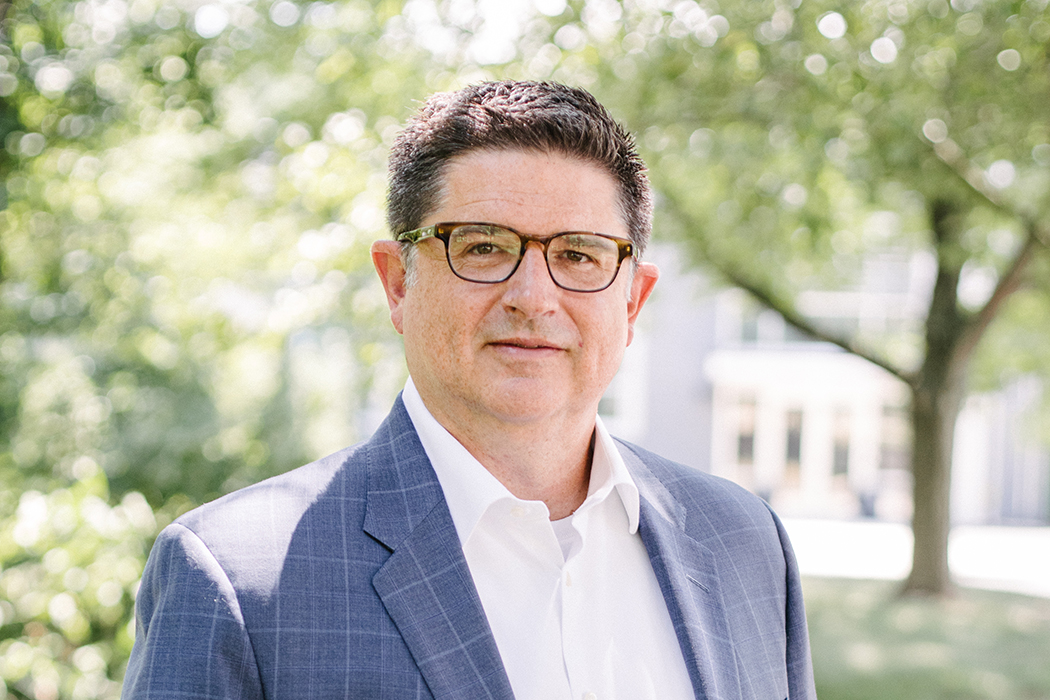|
Getting your Trinity Audio player ready...
|
There may not be another in-house legal team like the one at Becton, Dickinson and Company (BD). The 1897-founded, Fortune 500 medical device company employs nearly seventy thousand people stretching across fifty-five countries. BD, like any in the medical device technology industry, is called to tackle a significant portfolio of litigation, but the size of it makes its own docket seem completely unmanageable by any metric.
So how is a lean in-house team able to manage a caseload that might take the average private practice lawyer a lifetime to accumulate? It’s the process, the methodology, and the attitude.
“When you’re in-house, you often hear the criticism that the law department is not a profit center,” BD’s Chief Litigation Counsel Greg Dadika says. “Our general counsel Sam Khichi responded to that by putting processes and procedures in place that make the law department run like a business. Our entire team focuses on closely managing our outside legal costs by demanding excellence, predictability, and accountability. It’s just not something I think you’re going to see on very many law teams.”
Breaking from Tradition
The timing of Khichi’s taking over as GC coincided with both a vast expansion of BD’s device portfolio along with a massive uptick of mass tort cases. Dadika had resolved some five thousand pending hernia repair cases down to a mere one hundred. That litigation ballooned to eighteen thousand in a very short period of time, which Dadika attributes to rampant—and often misleading—plaintiff attorney advertising. Khichi’s sweeping changes to the way legal operated at BD couldn’t have been better timed.

“Every legal professional from attorneys down to legal assistants were required to get Lean Six Sigma certified,” Dadika explains. “It was important because that served as the basis for how we run not only our litigation team, but our entire legal team: a small, efficient team, driven by process, controls, and continuous improvement.”
From the outset, Dadika, a lifelong litigator, says that the “more with less” principles of Lean Six Sigma may seem completely out of step with the way traditional litigation operates, but in his estimation, that’s the problem.
“Litigation, by its very nature, is antithetical to process,” Dadika says. “It’s random and there are so many variables: what judge may be presiding, what plaintiff attorney you’re going up against, not to mention the varying state and local rules of every case that will vary. So to build a process around how to manage BD’s portfolio of litigation was challenging, but we’ve successfully managed to do it.”
For example, when it comes to budgeting, better metrics and data analysis allow for more accurate preparation and predictability. “If we notice a significant advertising spike from plaintiff attorneys, you’re most likely going to see a spike in the claims you’re receiving, so we can be better prepared to take that on,” Dadika explains. “It allows us to predict trends and also predict our financial needs.”
The focus on process and documentation has also been able to make outside counsel spending more responsible. “When you get a budget from a law firm, I guarantee it’s going to be 20 to 30 percent higher than it really needs to be,” Dadika says with a laugh. “The process we’ve built around budgeting allows us to find any excess and really require our outside counsel to build from the bottom up and accurately account for time connected to that spending.”
Dadika says the days of “thumb-in-the-wind” forecasting from outside counsel is a thing of the past, and it’s a process that he says has been taken seriously by the list of preferred firms the litigator has whittled down over time.
Adding it All Up
There’s a reason Dadika has taken the lean principles so seriously for his own litigation team. The caseload simply couldn’t be handled internally any other way: his team has overseen thousands of mass tort claims. “The Lean Six Sigma principles have enabled us to keep the team the same size despite the exponential increase in the amount of cases that we’re overseeing,” Dadika explains.
The seemingly scattershot nature of BD’s outside counsel was rectified by Dadika fairly quickly upon his arrival: forty firms were narrowed down to three. Their application is also particularly of note. “We have firms who are the leads for business units, but we cross pollinate our teams if there happens to be a subject-matter expert from a different firm. Everyone realizes that we all work better together. It’s a massive amount of litigation, so there’s no point in bickering over turf, and working with differing, diverse teams leads to better results.”

Dadika says the rarity of BD’s legal operations come down to more than just refuting the “cost center” label that so many in-house teams face. It comes down to strategy. “The strategy just can’t be winning more than we lose; that’s not strategy,” Dadika says. “That’s like a boxer who gets in the ring and whose entire plan is to just punch. That’s not us. Don’t get me wrong. We’re not afraid to punch, but you have to adapt your strategy to the multitude of elements at play in each litigation.
“There is a game theory that we employ, and every mass tort has a different strategy,” he continues. “We use our strategy ultimately to reach a resolution that is most financially advantageous for our company. What we do here is rare for in-house litigation teams, I can guarantee that.”
To that point, Dadika’s partners can attest. “Greg’s innovative leadership and legal insight are instrumental in BD’s mission to advance the world of health,” says Lori G. Cohen, vice chair of Greenberg Traurig. “Known throughout the medical device industry for his litigation acumen, Greg is the epitome of an in-house legal partner—brilliant, strategic, and effective.”
Unlike most in his position, Dadika and his legal team have tried, on average, roughly one case a year over the past decade. It may be the lean principles at work, but one gets the feeling the litigator still likes to get his hands dirty. Dadika has two decades of litigating well-publicized medical device product recalls under his belt, and at least in this case, maybe it’s okay to do more with more.
Special Olympics New Jersey provides year-round training and athletic competition in 24 Olympic-type sports for more than 26,000 individuals with intellectual disabilities, completely free of charge. Through the power of sports, athletes experience joy, develop physical fitness, and create genuine connections to their communities. Visit sonj.org for more information.

